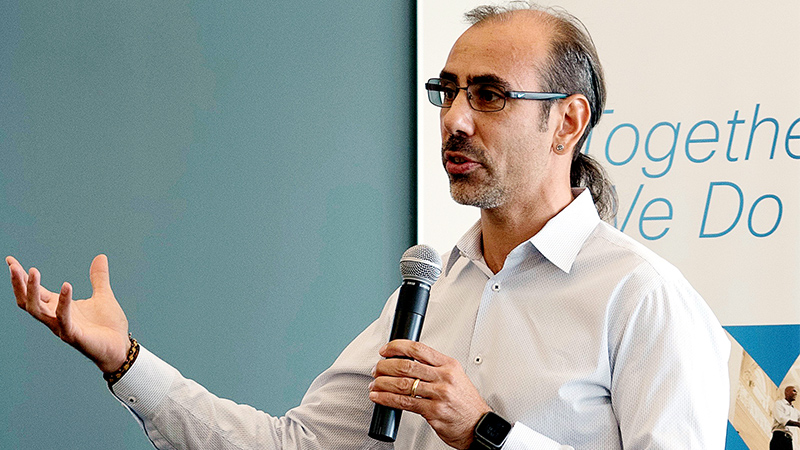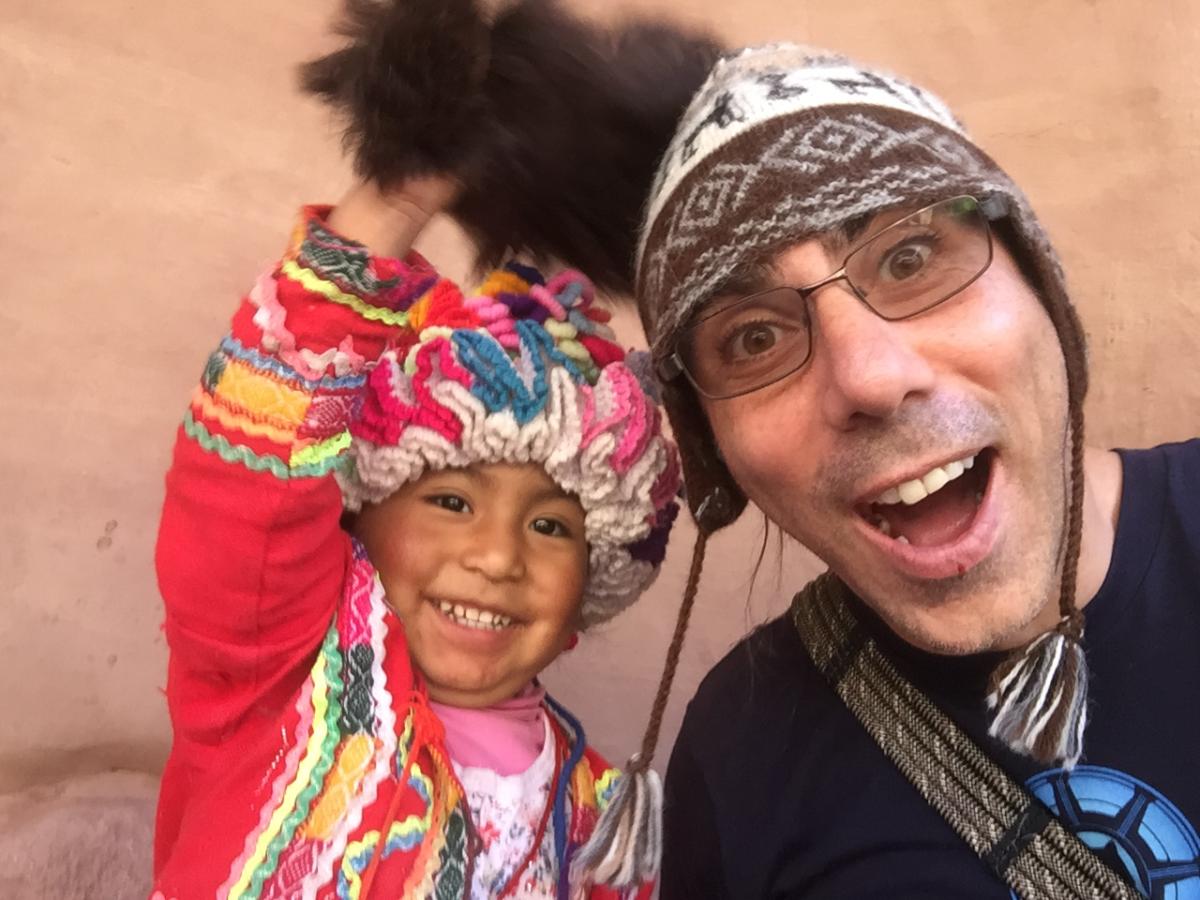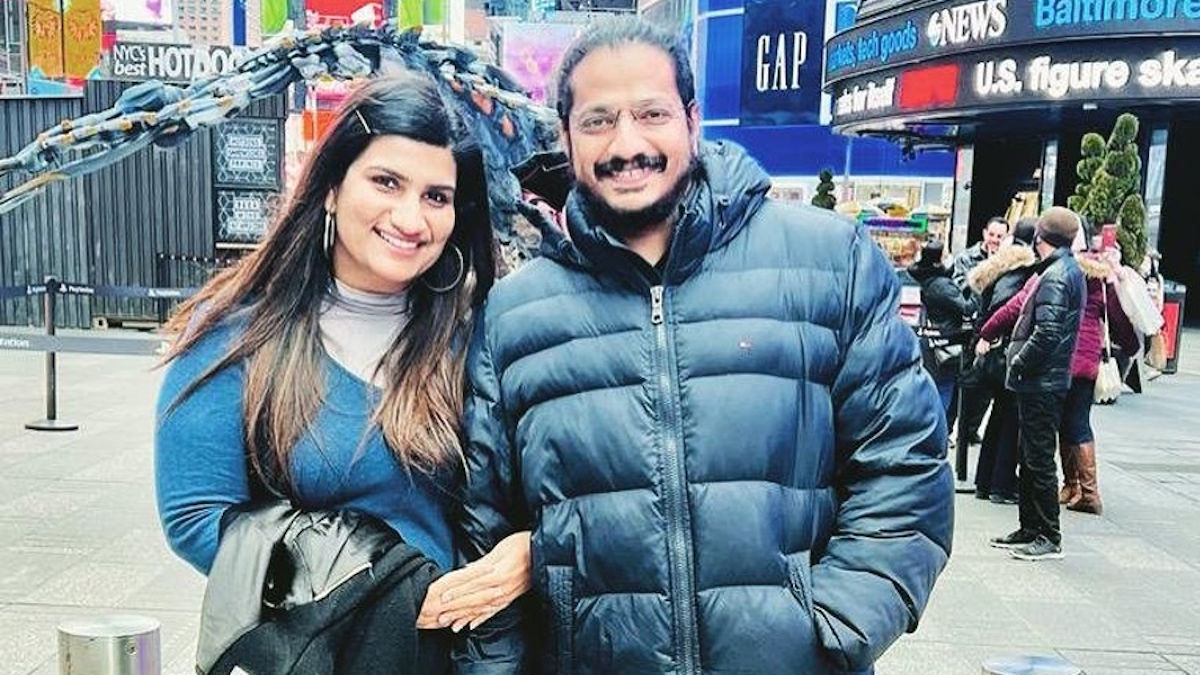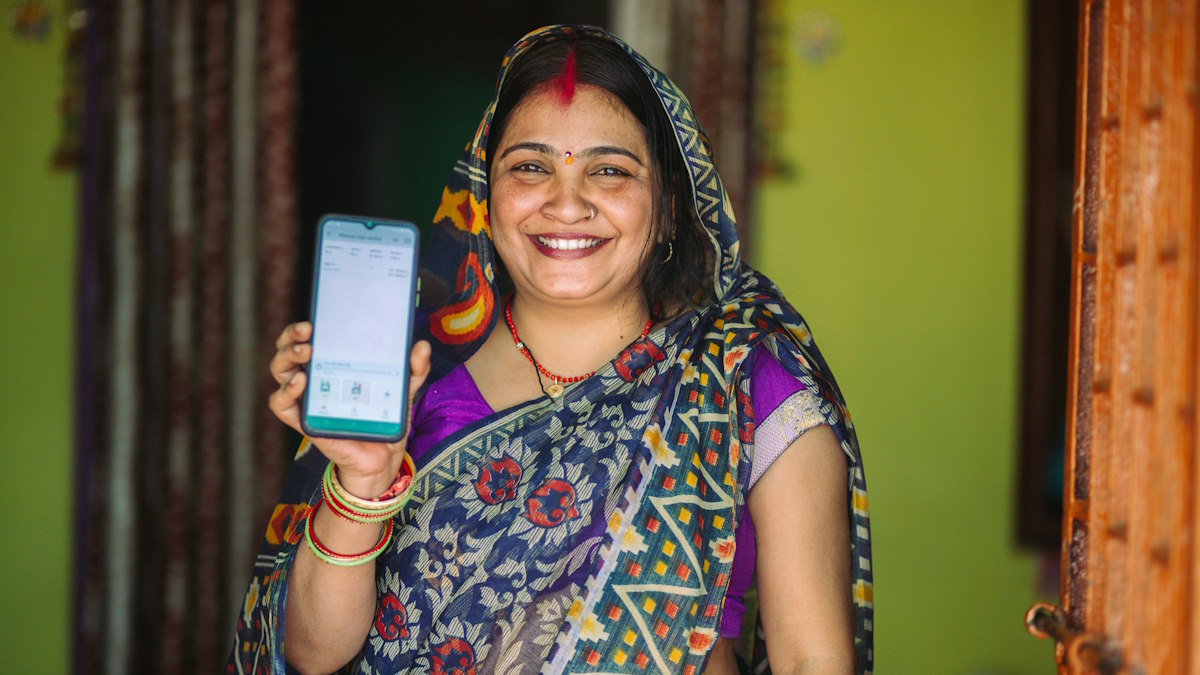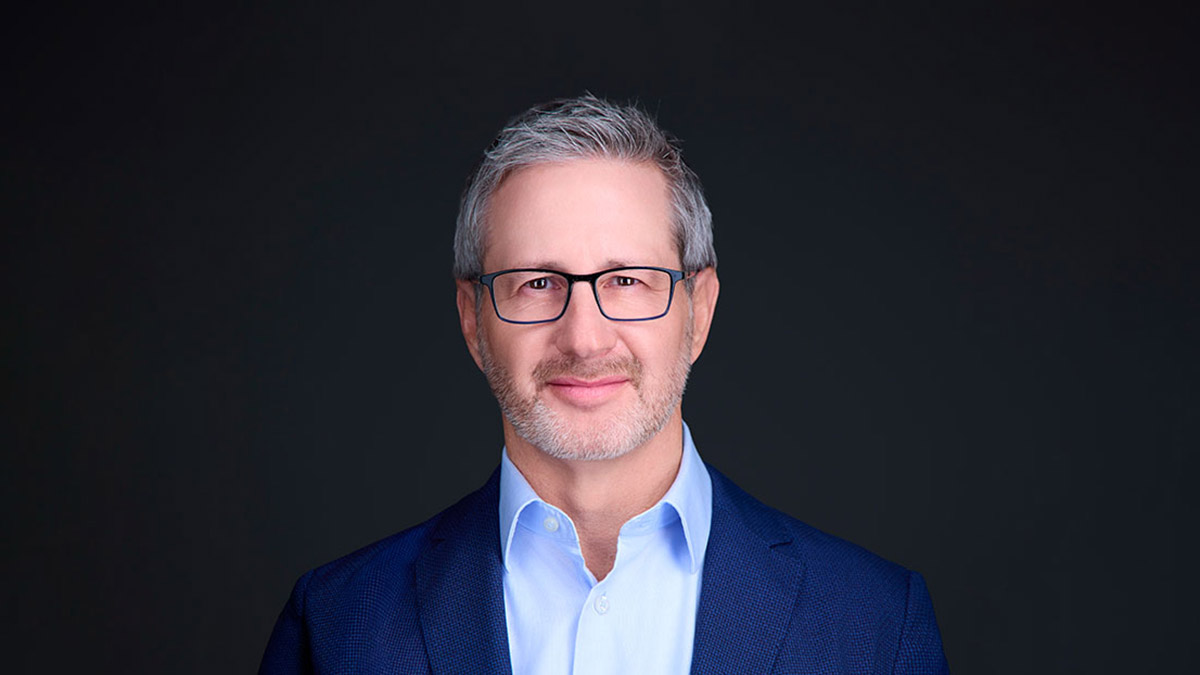When Carlos Pignataro left his native Buenos Aires to join our RTP site in North Carolina, he didn’t plan to stay with Cisco or in RTP for long. A year tops, he laughs.
That was 20 years ago, and today he still lives in Raleigh.
During that time, Carlos has chalked up some serious accomplishments. He’s a Distinguished Engineer with more than 100 U.S. patents issued to his name. He has authored books and 56 Internet Request for Comments — more than any other Cisco employee. He’s won many awards and mentored colleagues. He has helped make the internet better and more interoperable through standardization.
Most recently, he was the CTO and Chief Architect for our Global Service Provider Services business. He continues to reinvent his impact.
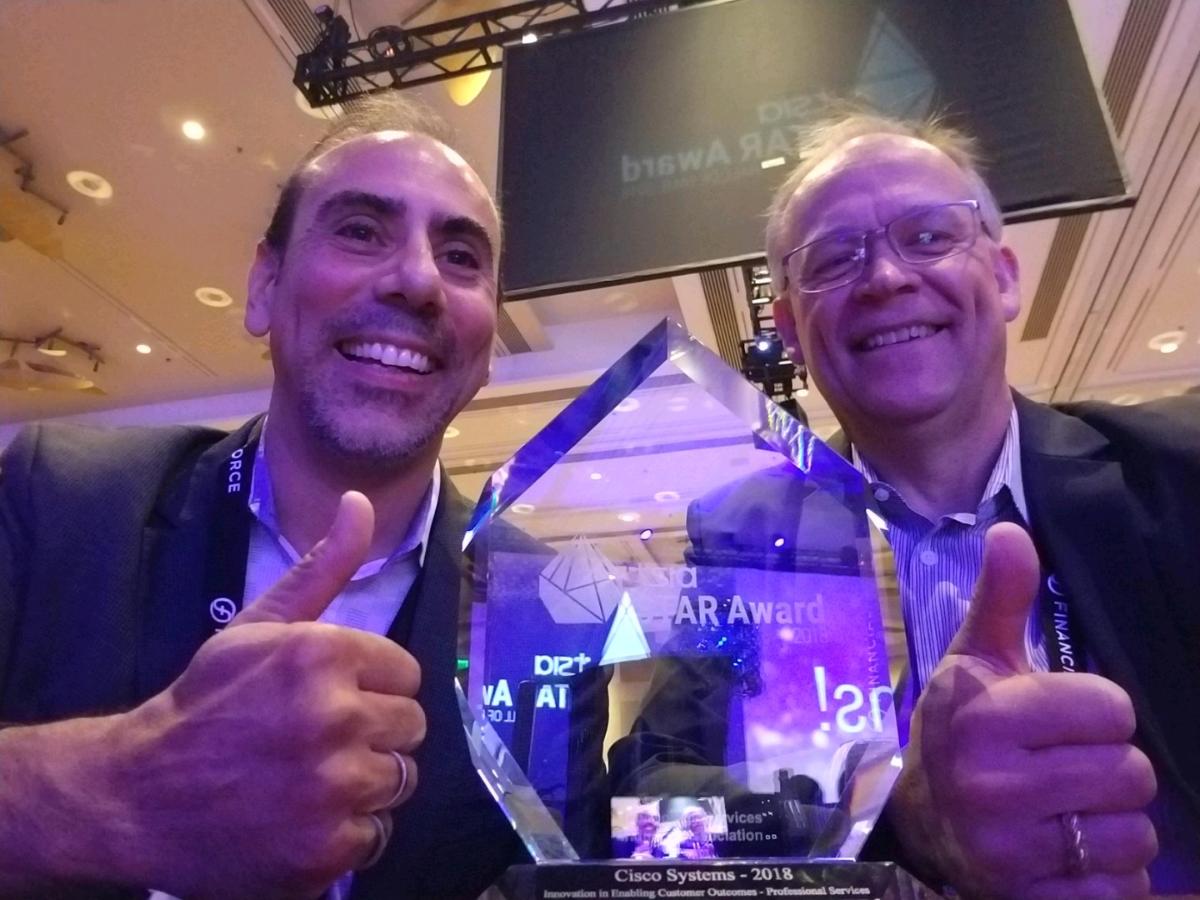
We sat down with Carlos to hear more about his work in “techno-conservation,” 5G + IoT, intent-based automation, his advice for new engineers, unique career strategy, and more.
Q: What is your role at Cisco? What are you currently working on?
Carlos: I’m a Distinguished Engineer in Cisco’s CTAO (Chief Technology and Architecture Office) — a forward-looking innovation group for Engineering and for the company. We think ahead to where technology is going, but not too far out.
One of my main projects is the architecture of our Sustainable Impact program, which tackles some of the toughest challenges facing people, society, and the world. We run projects that use technology to do things like protecting rhinos in Africa.
I also work on intent-based automation, which is about, “This is what I want to do,” not “This is how I do it.”
The concept of automation is crucial for many of our customers, partly because the lifespan of Fortune 500 companies keeps shrinking. Customers want to expand their lifespan by reinventing themselves — by reducing costs to reinvest in and generate new revenue streams. Automation lets you do both!
Q: Tell us your views on the meaning and importance of technology.
Carlos: First, technology is a potent catalyst for driving change. As such, technology is a means to an end. I care deeply about technology. It makes me happy every day. But the end is to provide customer outcomes — both solving problems and creating opportunities, new revenue streams, business models, markets, and so forth.
Secondly, technology is about innovation. Going back to the issue of the lifespan of companies and of Cisco, how do you create sustainable, profitable growth? You can only do it through innovation.
Q: How many patents do you have? Give us some highlights of how a few came to be. How do you celebrate them?
Carlos: I have 102 issued patents in the U.S. and more in the pipeline. I am a co-inventor because when I think about the patents that make me happiest, I reflect on the people with whom I white-boarded and debated those solutions.
I got my first patent when I was working in the TAC (our Technical Assistance Center). At the time, I didn’t even know what a patent was. I came up with a solution that was useful, novel, and detectable.
Someone told me, “Hey, that’s a patent — you’ve got to put it in!” And I did. A patent is a way of protecting Cisco’s IP, but it’s really about solving customer problems and how we further technology in the industry.
Cisco celebrates its patent awardees at a ceremony in RTP which I host quarterly. It started with a celebration of our 1,000th patent for the site. Instead of having patent plaques shipped to cubicles, we have a ceremony to celebrate the inventors, not the inventions. Inventors are what fuel our innovation. Ideas don’t get created by themselves.
Q: Tell us about the idea of “reusable solutions” and how the work you are doing in conservation can translate to other customers and industries.
Carlos: I follow a set of design principles, including reusable reference architectures. For example, the IoT solution we use in the conservation pilot park can also be used to digitize a 100-year-old port, a school, build a digital twin of a city, or automate car manufacturing processes. The Sustainable Impact program isn’t just doing well by doing good, but it also has a critical commercial side.
Q: Teach us non-engineers something technical!
Carlos: A lot of intent-based technology is already living with us. When you ask your virtual assistant for the weather forecast, you’re essentially saying, “I want an outcome,”vs. telling it how to do it.
Another example is a fitness app on your smartwatch. When I swim, I don’t tell my watch to go calculate my laps or count how many calories I burn. I simply ask it, “How was my swim?”
It’s the same with intent-based networking. You tell the network you want an outcome — you don’t tell it how. When you marry this model-driven automation with IoT, you get the compounded effect of having a declarative model — the intent or the what — with the digitization of the world. That’s going to really change our lives.
Q: What is your job strategy at Cisco?
Carlos: One of the design principles for my career has been to build breadth by way of innovation, which means, every now and then, I change direction. A key part of my strategy is to elevate others as opposed to flying alone. That’s why I invest a significant amount of my time in mentoring.
I have three tactics: 1) Pick a technical area and go as deep as I can; 2) share as much as I can — for example, at CLUS; and 3) go find a new technical area to explore. In doing so, I leave a gap, but I’ve made sure there are others behind me, so I can move freely to do the next thing.
Q: So, what keeps you at Cisco?
Carlos: First is the people. Not just the values and culture, but also the professional and technical caliber of people, such that I can have meaningful conversations and be challenged constantly. To me, having someone shoot down my idea or improve upon it is what it’s about. You can’t do that at just any company.
Secondly, because I’ve been able to have many careers here, I’ve been able to satisfy the insatiable curiosity I have inside. Cisco is in so many different technologies, roles, customer segments, verticals, geographies, etc., I can prove myself over and over again without leaving.
Thirdly, I’m a doer. In addition to inventing things, I like to see ideas realized, to have an effect. It’s about belonging and significance. I belong with the company and the culture, and my significance is seeing results — such as a positive change in customer networks, products, and the Internet.
Q: Tell us how you use Time2Give and some highlights of how you have made a difference in the world.
Carlos: This year, my son Luca and I went on a medical trip to a remote town in southern Honduras where the local families don’t have access to doctors. Our job was to interpret between the visiting doctors who don’t speak Spanish and the locals who do. We saw 300 kids in two days.
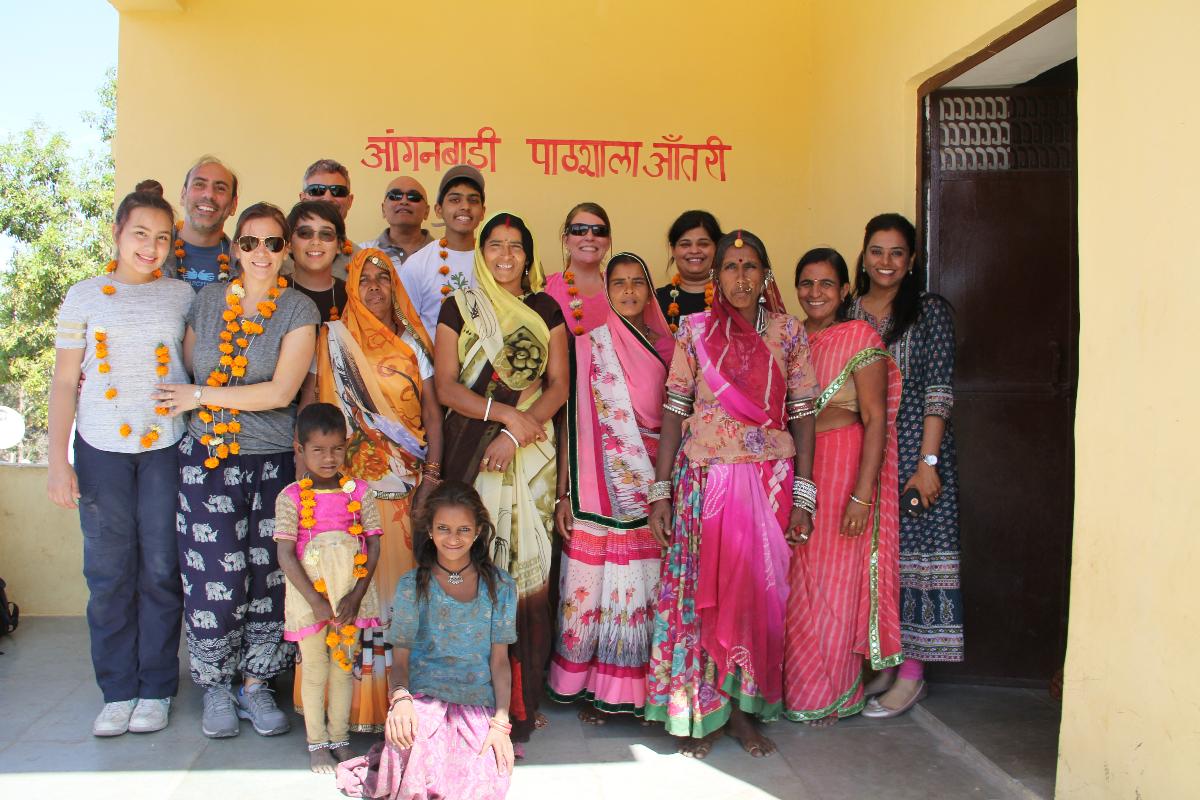
Last year, my wife, Veronica, Luca, my daughter Sofia, and I took a volunteer family trip to India to build a school in Rajasthan. And the year before that, we built a school in Kenya. That’s how I like to use Time2Give — to extend the reach of special organizations. But you don’t need to leave your town to make a difference. In RTP, we help refugees with resettlement.
Q: What is your proudest accomplishment at Cisco?
Carlos: I received three copies of books written by people I had mentored where they thanked me in the dedications for mentoring. It’s one of my proudest moments.
Q: What advice would you offer someone just starting out as an engineer?
Carlos: I always say that the magic happens outside your comfort zone. To find it, you need to feel slightly uncomfortable and to take small steps into adjacencies.
After a while, you look back, amazed at how far you’ve come. I encourage engineers to embrace a diversity of ideas.
In my experience, engineering is not just about the application of pure sciences; it’s also about positively changing things in the world. My advice is not to lose sight of that. We love technology, but we really love the application of technology. There’s nothing more rewarding than seeing what we develop running in a customer network or in solutions we deployed.
###
The contents or opinions in this feature are independent and may not necessarily represent the views of Cisco. They are offered in an effort to encourage continuing conversations on a broad range of innovative technology subjects. We welcome your comments and engagement.
We welcome the re-use, republication, and distribution of "The Network" content. Please credit us with the following information: Used with the permission of http://thenetwork.cisco.com/.
